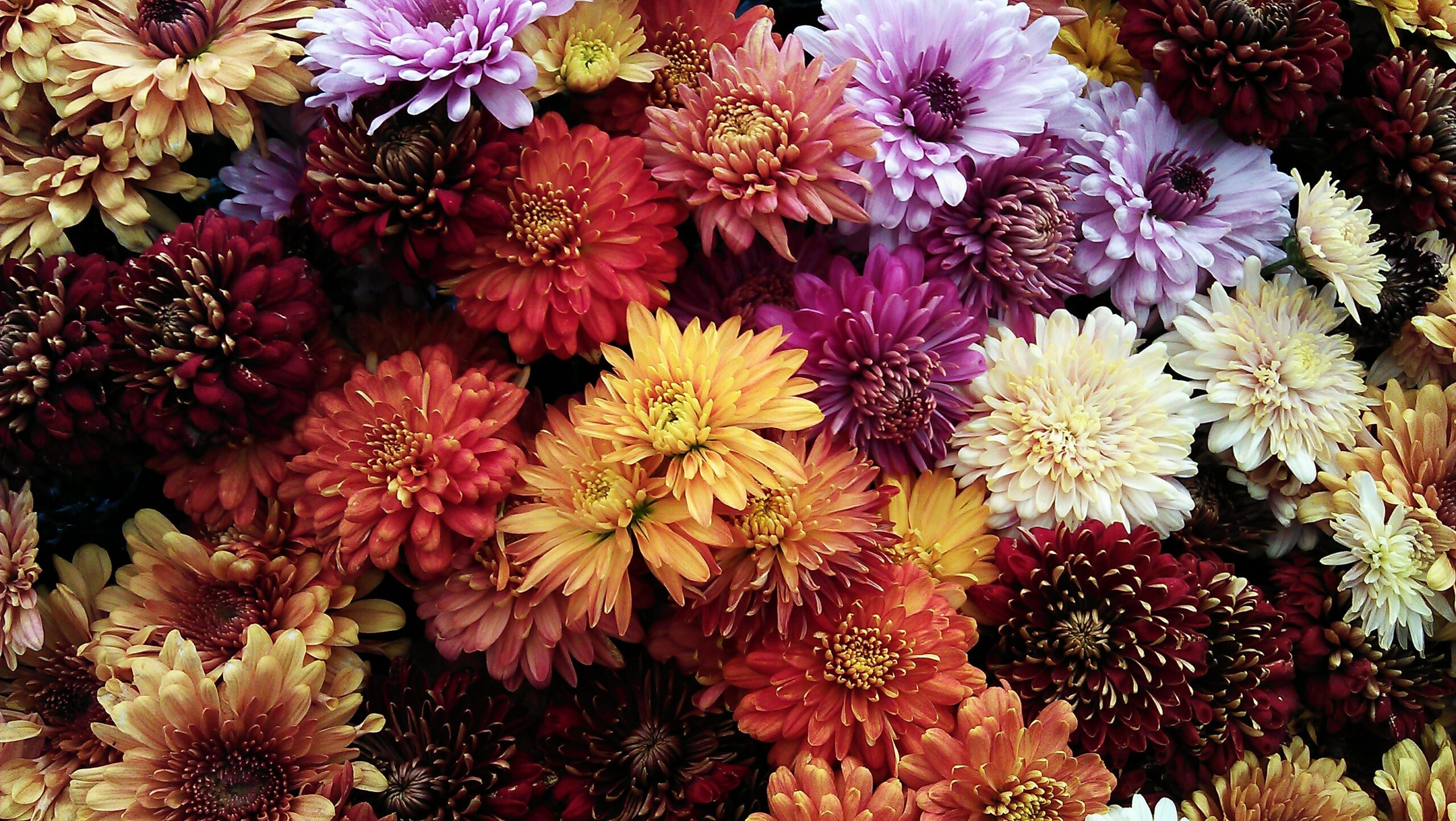How to grow fall mums in your garden

JACKSONVILLE, Ill. — Chrysanthemums, also known as mums, start appearing in nurseries and garden centers in September. These plants are a staple in many landscapes in the fall and can provide much-needed color to our landscapes when most other garden plants are starting to decline.
While commonly treated as annuals, mums are hardy from zones 5-9, meaning they can survive outdoors in Illinois (Illinois spans zones 5-7a). However, many people struggle to get mums to survive through the winter. What can be done to help mums survive in our landscapes?
The most common reason mums fail to overwinter is we typically try to plant them when they are most commonly available in the fall. Unfortunately, this isn’t the best time of year to be planting them. Spring is. Planting in spring gives the plants ample time to establish themselves in the landscape. So, if you’re planning on planting your mums this fall, get them in the ground sooner rather than later.
Mums also have a fairly shallow root system which makes them prone to heaving during the winter. This heaving (caused by repeated freezing and thawing of the soil) can severely damage or kill the plants. To help prevent this, apply 4 inches of mulch to your plants when the ground begins to freeze. This will help prevent wide swings in soil temperature and therefore heaving.
Since mums are shallow-rooted, they are also prone to drying out. Drought-stressed plants are less likely to survive the winter than well-watered plants. Therefore, they may need to be watered if conditions become dry. Mulching your plants will also help retain soil moisture.
Regardless of when you plant your mums outdoors, they should be planted in an area with moist, well-drained soil. Mums don’t like having “wet feet,” so avoid low spots and areas with heavy soils. Mums also need a site that receives full sun (at least 6 hours).
It also may help to place your mums in a protected location. Plants placed out in the open will be exposed to more extreme conditions and are more likely to be damaged than those planted in more protected locations, such as near the house.
Once your mums have gone dormant in the fall, avoid the temptation to cut them back. Leaving the old growth will help provide an additional layer of protection to help get your plants through the winter.
Once growth resumes in the spring, remove the old plant material from last year. Once the new growth gets 6 inches long, pinch off (remove) the growing tips. This will help create “bushy” instead of “leggy” plants. Plants can be pinched two to three times, with the last one taking place in late June/early July (July 4 is a common way people remember this). In addition to having bushier plants, pinching plants will help create a mum full of flowers come fall.
Good Growing tip of the week: Mums begin to produce flowers when nights get long. Therefore, avoid planting mums near light sources that may interrupt darkness. Planting by light sources will lead to plants with no blooms.
Miss Clipping Out Stories to Save for Later?
Click the Purchase Story button below to order a print of this story. We will print it for you on matte photo paper to keep forever.

